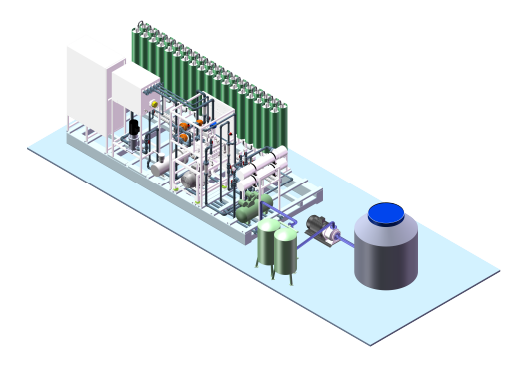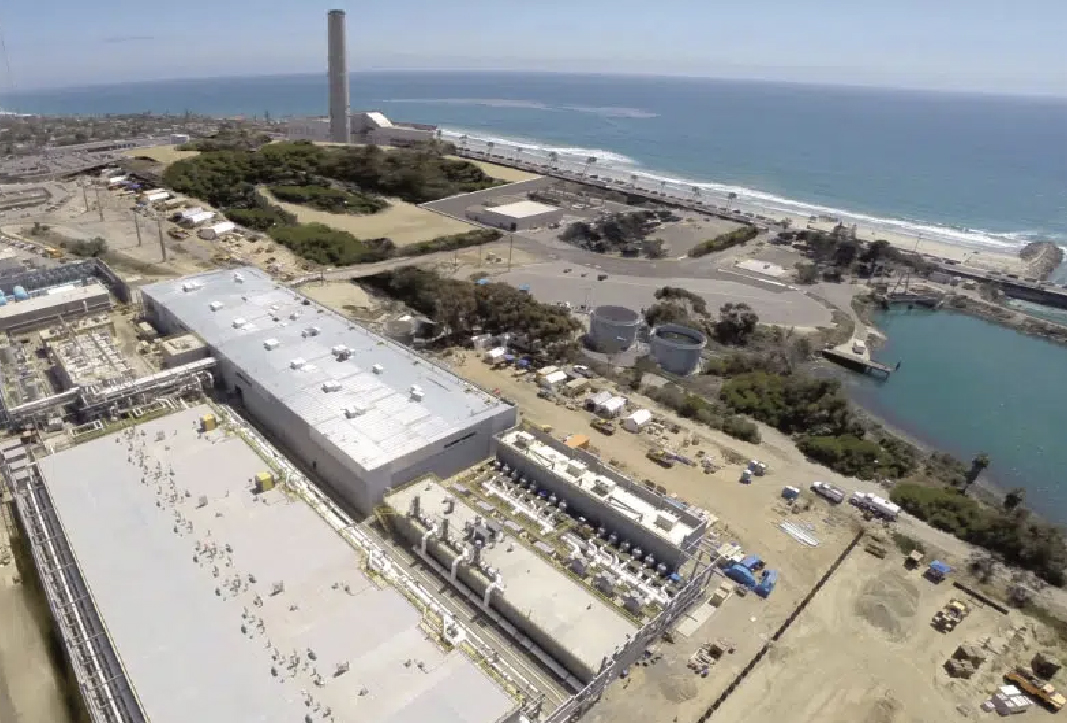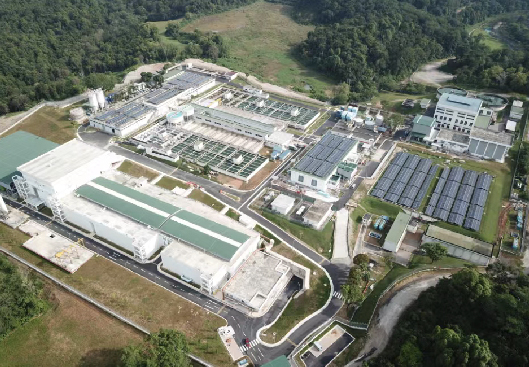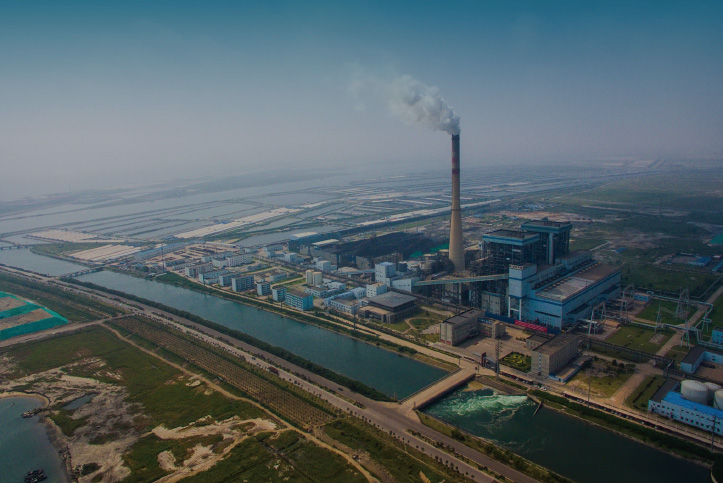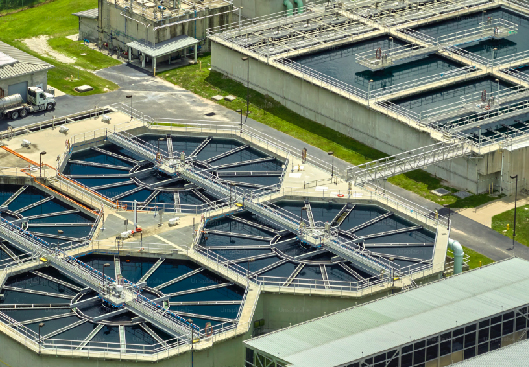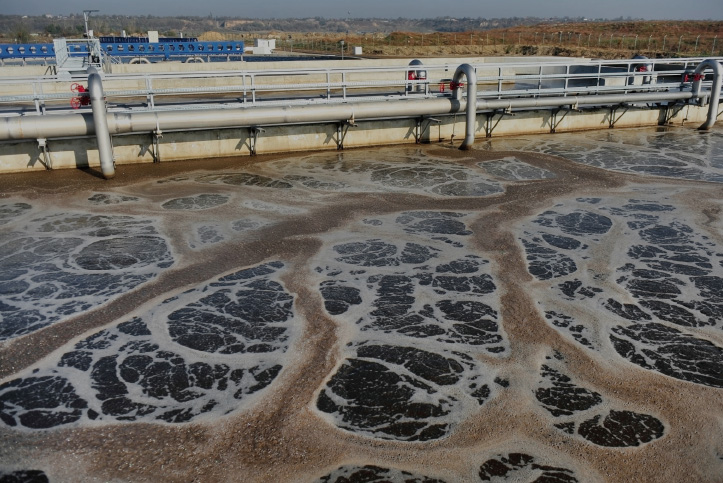Seawater desalination, also known as reverse osmosis desalination, utilizes a semi-permeable membrane that only allows solvent to pass through while blocking solutes. This membrane separates seawater from freshwater. Due to the high impurities and salinity in seawater, strict pretreatment is required before entering the SWRO (seawater reverse osmosis) system.
Compared to traditional organic ultrafiltration membranes, CONSEPTEC CERA ceramic membranes can significantly shorten the process flow, eliminating the need for complex pretreatment (such as clarification tanks and filter beds). CST ceramic membranes are not limited by an inlet turbidity of 100 NTU; additionally, their narrow pore size distribution allows the treated water turbidity to be consistently controlled below 0.1 NTU, with a lifespan of up to 20 years. CONSEPTEC CERA ceramic membranes will become the preferred choice for seawater desalination pretreatment.
DTRO/STRO membranes are a special type of reverse osmosis (RO) membrane developed specifically for treating highly polluted wastewater. Compared to traditional RO membranes, DTRO/STRO membranes have less stringent requirements for inlet water. They feature wider flow channels, enhancing resistance to pollution and stability.
In the field of seawater desalination, CONSEPTEC CERA/DTRO/STRO membranes exhibit better operational stability and higher water recovery rates. Moreover, due to its ultra-high flux (3-5 times that of organic membranes), CONSEPTEC CERA requires fewer membranes and minimal space.

 Solutions
Solutions
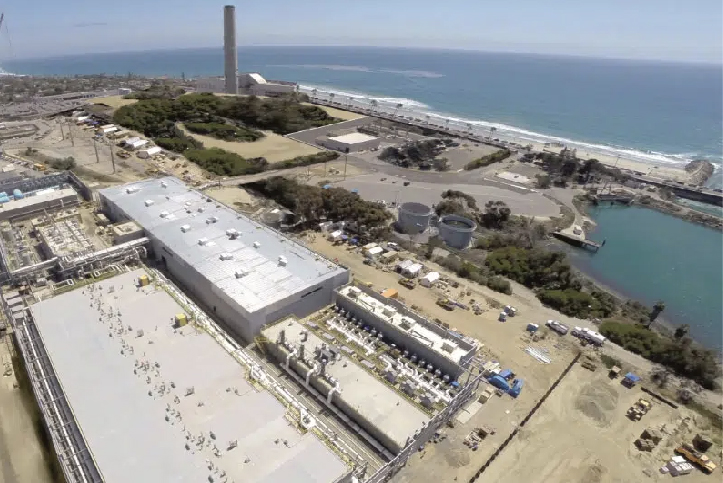
DESALINATION
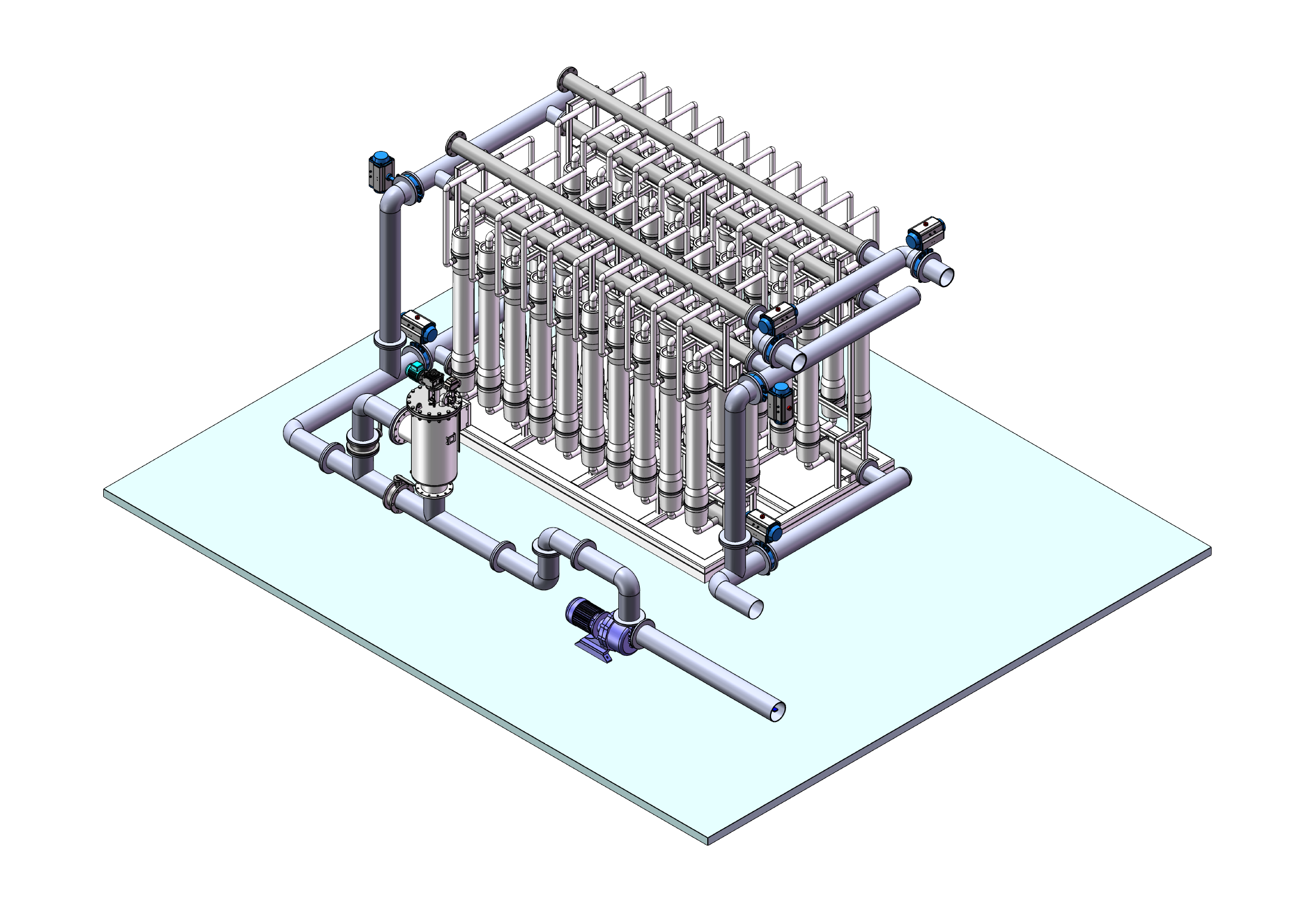
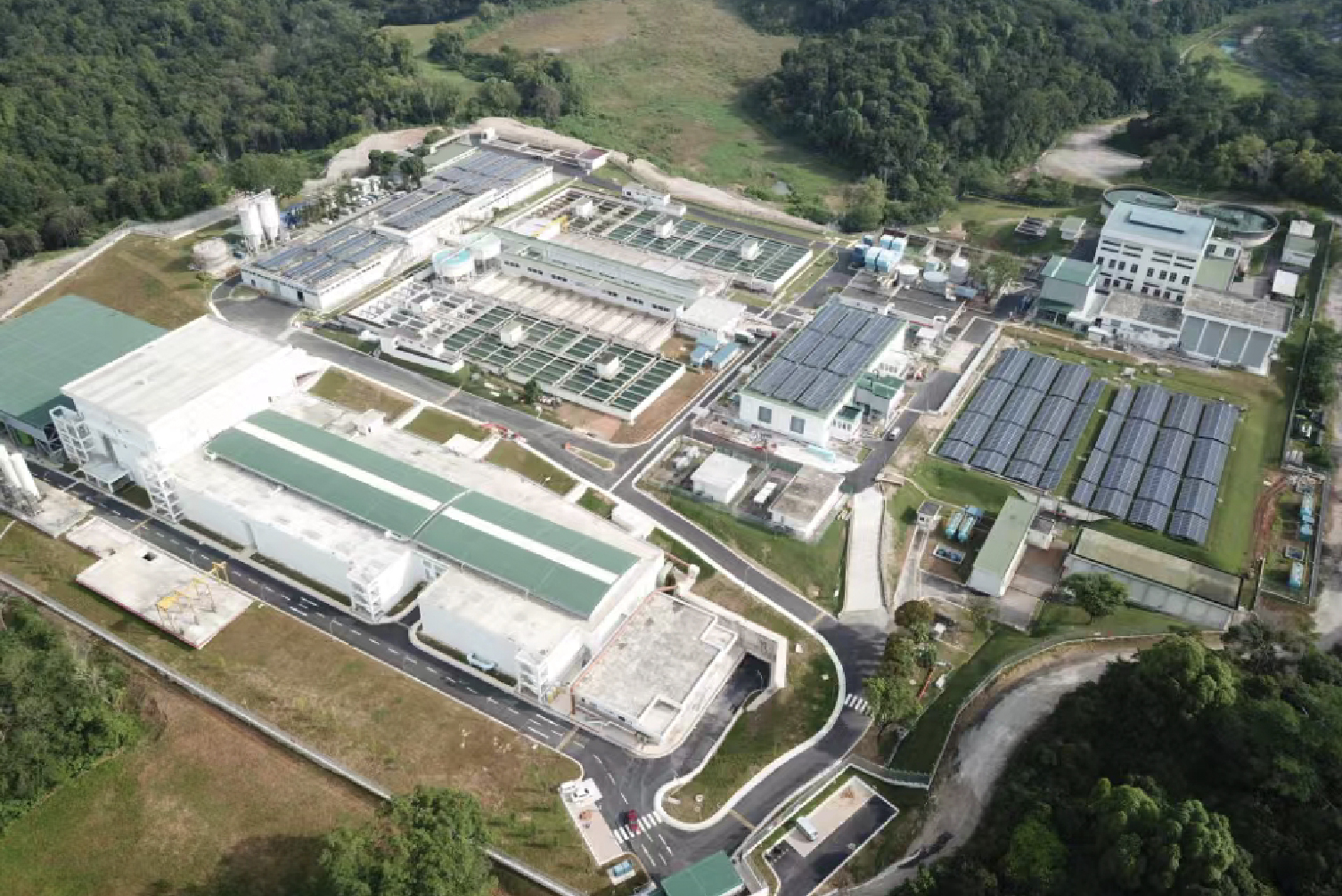
MUNICIPAL POTABLE WATER
In urban areas, drinking water is typically sourced from natural reservoirs such as rivers, lakes, or groundwater, and undergoes stringent treatment processes to remove suspended solids, bacteria, chemical pollutants, and other contaminants. These treatment processes often include filtration, disinfection, and sometimes advanced techniques like reverse osmosis or softening. Aging infrastructure, emerging pollutants, and constantly evolving bacteria and viruses pose significant challenges to the safety of urban drinking water.
Ceramic membranes play a crucial role in removing suspended solids, bacteria, and other pollutants from water sources. Due to their absolute filtration precision and narrow pore size distribution, ceramic membranes can effectively remove microorganisms, including cryptosporidium, giardia, bacteria, etc. The treated water's turbidity can be consistently controlled below 0.1 NTU, significantly enhancing the microbiological safety of drinking water. Ceramic ultrafiltration membranes have been deployed in numerous large-scale water treatment plants worldwide.
CONSEPTEC ceramic membrane technology contributes to providing reliable safe drinking water for urban communities, meeting diverse water treatment needs, and ensuring public health and safety.

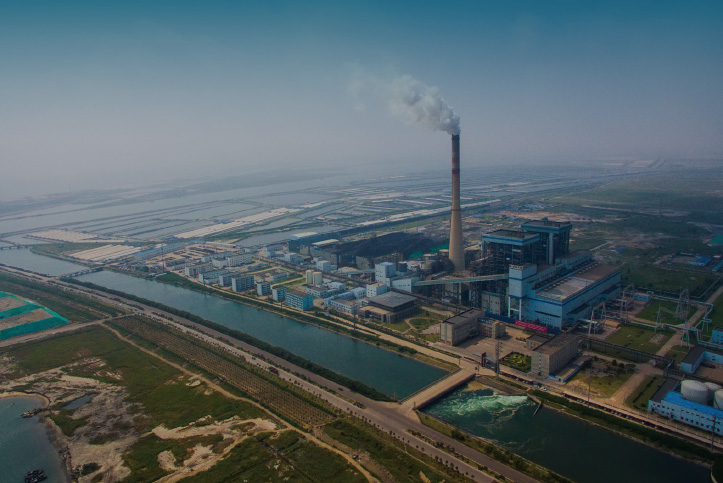
ZERO LIQUID DISCHARGE(ZLD)
Zero Liquid Discharge (ZLD) for industrial wastewater involves optimizing internal processes, implementing water-saving technologies, improving water efficiency, and reducing water usage during production processes to achieve zero liquid discharge. This comprehensive system entails recycling and reusing industrial water through advanced treatment processes. The goal is to recover and reuse highly saline and polluted wastewater (over 99%) generated during industrial production processes. This can be achieved by completely recycling it back into the industrial process or by using pressure filtration to filter out non-water-soluble substances for recycling, thus ensuring no liquid waste is discharged from the factory.
In this series of concentration and reduction processes, CONSEPTEC's ceramic membranes, compared to organic ultrafiltration membranes, can shorten the process flow without the need for high-density settling tanks, filter beds, etc. Additionally, due to their ultra-high flux, they can greatly reduce the footprint area. Moreover, their high strength, durability, and lifespan of up to 20 years make ceramic ultrafiltration membranes highly cost-effective in the long run. Furthermore, CONSEPTEC's DTRO/STRO membranes, due to their excellent pollution resistance, low energy consumption, and high stability, are increasingly being used in high-concentration wastewater concentration processes.
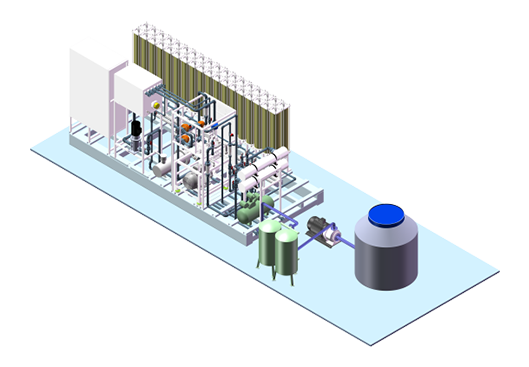
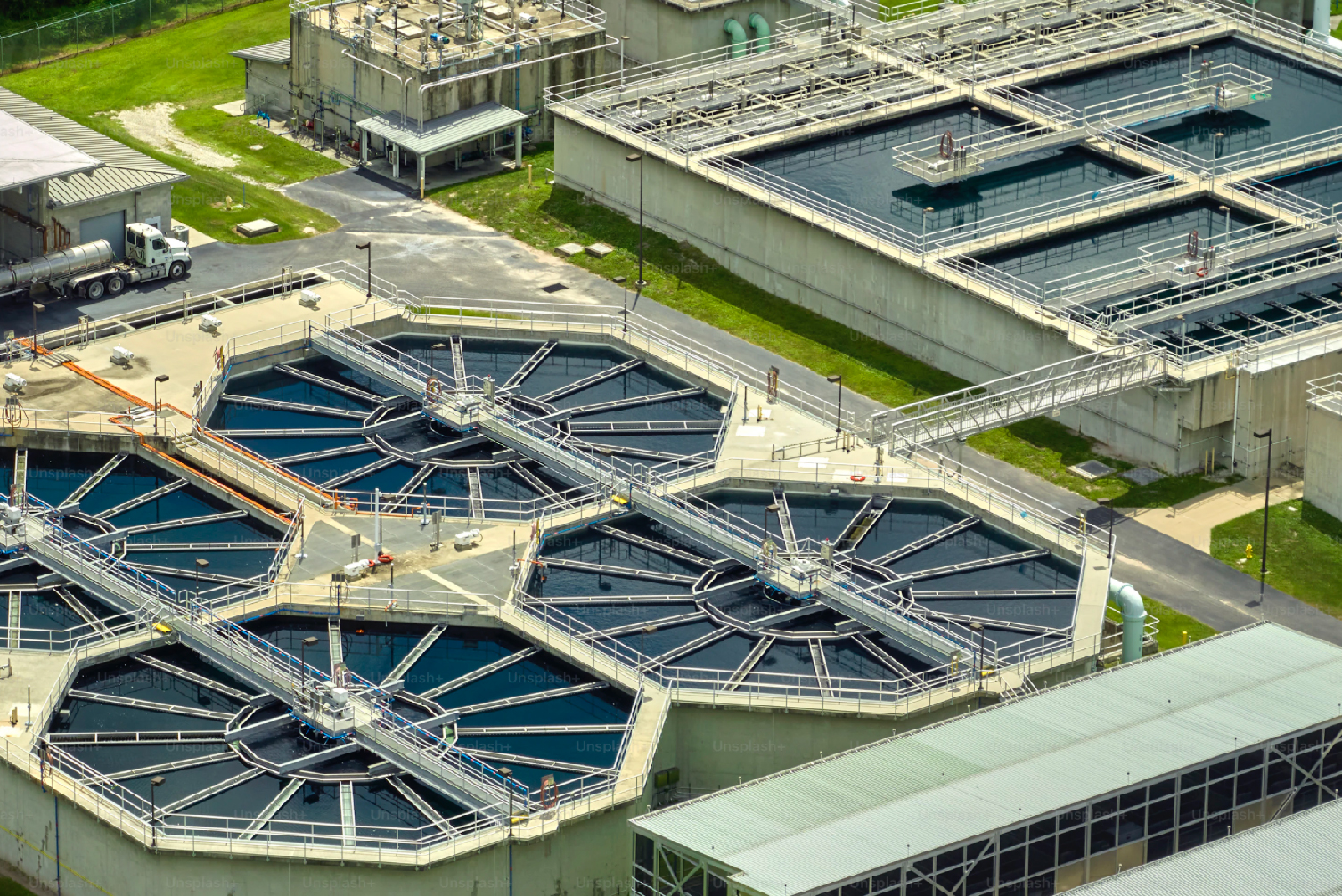
WATER REUSE
Water reuse refers to the process of treating domestic sewage, urban sewage, or industrial wastewater through advanced technologies to remove impurities, toxic substances, certain heavy metal ions, and undergo disinfection and sterilization treatment to meet certain standards for application in industrial production or residents' daily life processes. Water reuse not only helps alleviate water scarcity but also reduces sewage discharge, alleviates water environmental pollution, and has social, environmental, and economic benefits.
Compared to organic ultrafiltration membranes, CONSEPTEC's ceramic membranes can shorten the process flow without the need for high-density settling tanks, filter beds, etc. Additionally, due to their ultra-high flux, they can greatly reduce the footprint area. Moreover, their high strength, durability, and lifespan of up to 20 years make ceramic ultrafiltration membranes highly cost-effective in the long run.
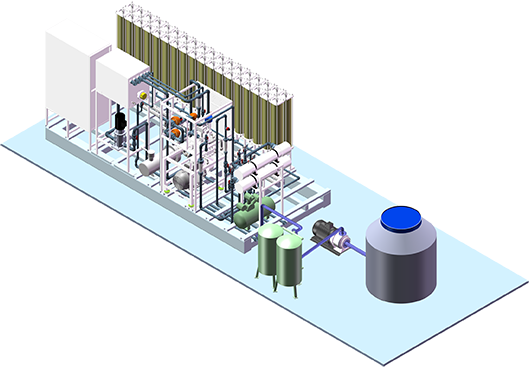
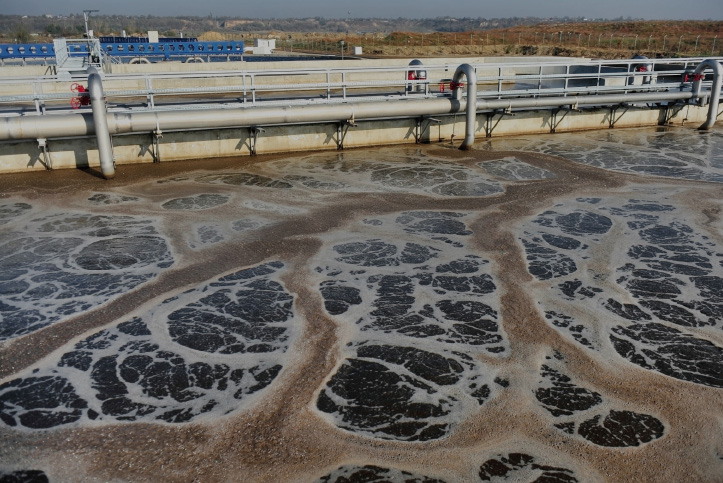
LANDFILL LEACHATE
Leachate, also known as garbage leachate, is high-concentration wastewater generated from landfill sites or incineration plants. It originates from the moisture contained in the waste itself, rainwater or snowmelt entering the landfill site or waste storage pit, and then seeping through the waste and overlying soil layers. Leachate passes through the waste and overlying soil layers, resulting in complex sewage composition, high pollutant concentrations, high color, and strong toxicity. Leachate is currently considered a challenging problem in the water treatment industry. It not only contains a large amount of organic pollutants but also various heavy metal pollutants. Improper treatment can directly affect surface water quality and endanger groundwater safety. Therefore, strict treatment is required before leachate discharge.
Whether it's TMBR tubular membranes in front-end leachate pretreatment or DTRO/STRO membranes in back-end concentration and purification, CONSEPTEC's membrane products play an important role.
